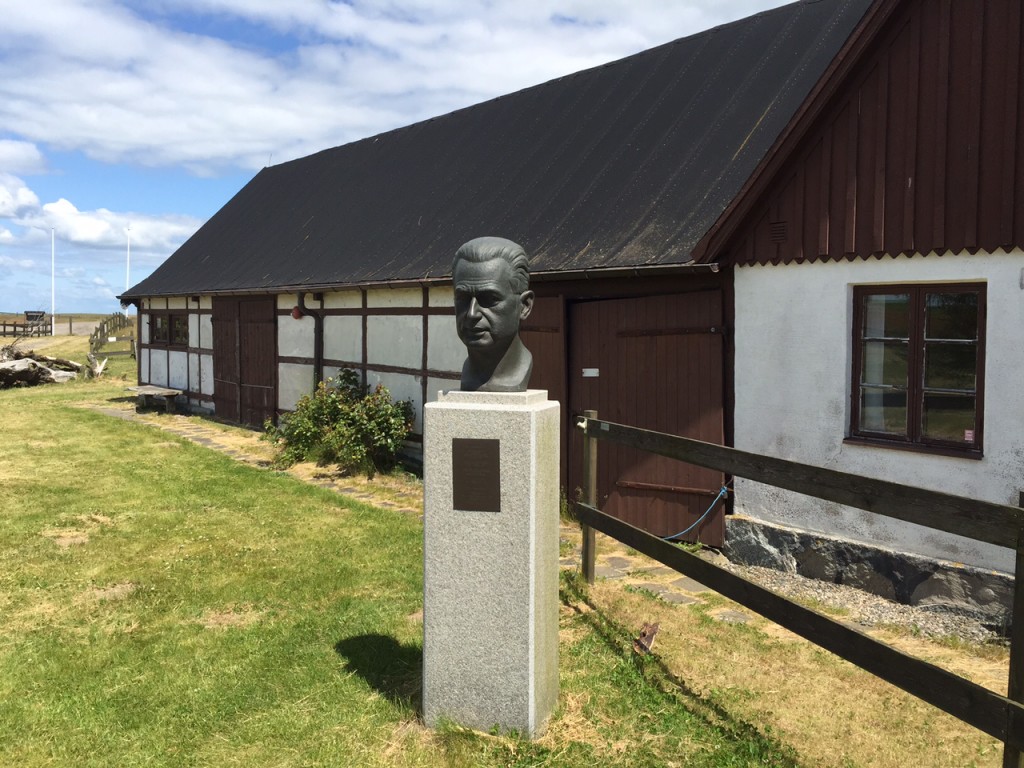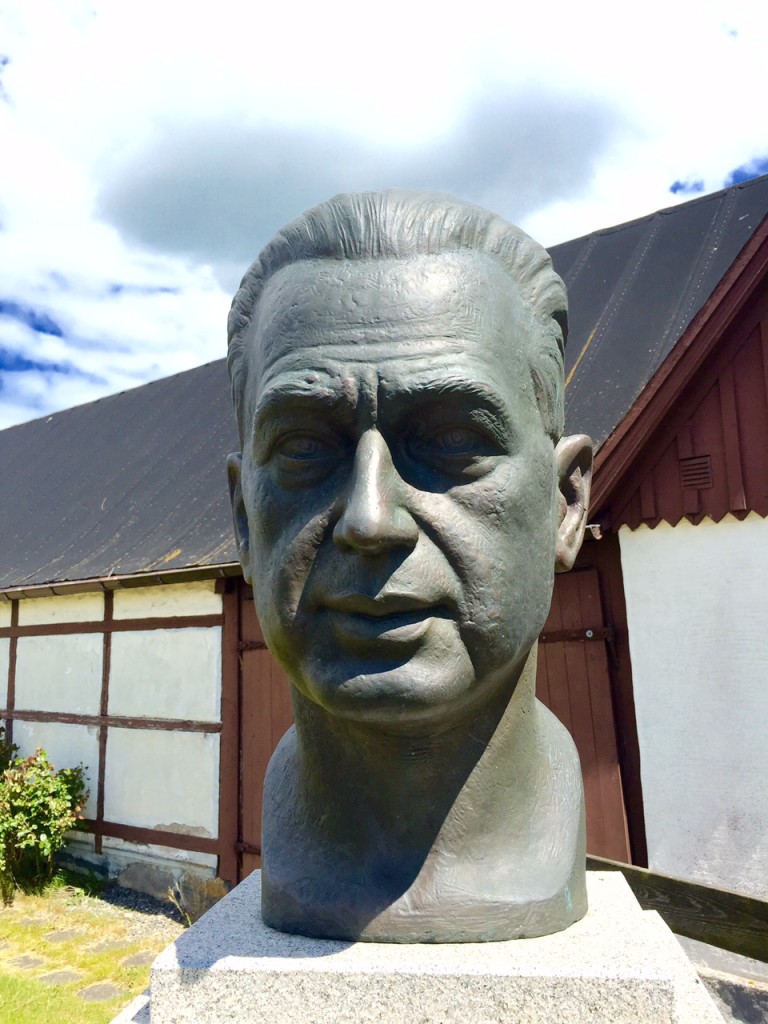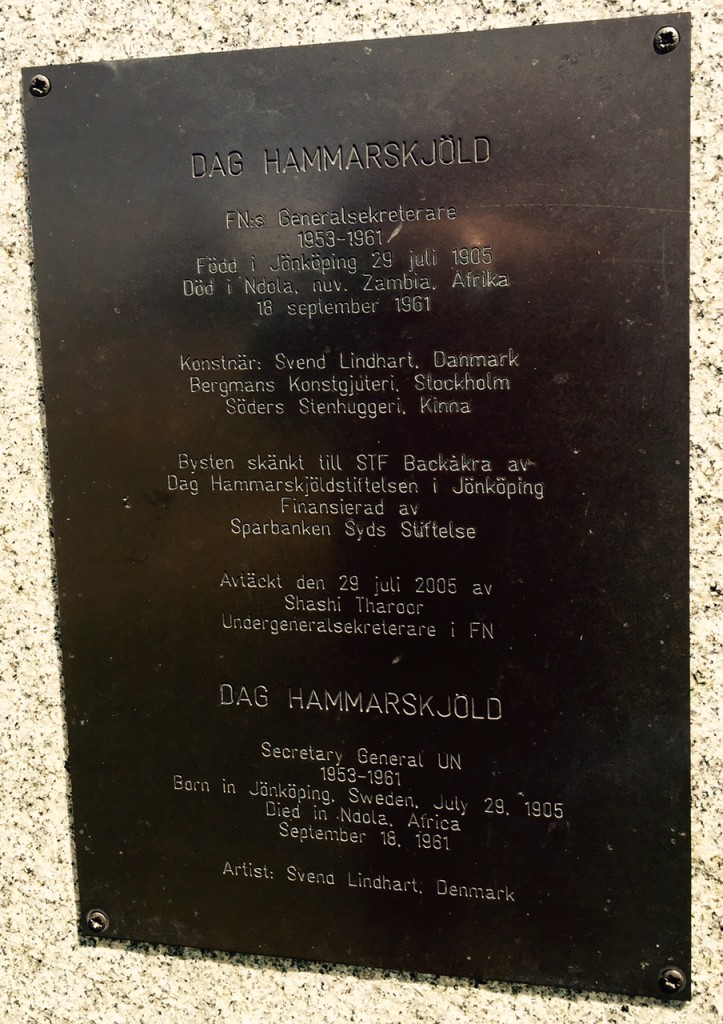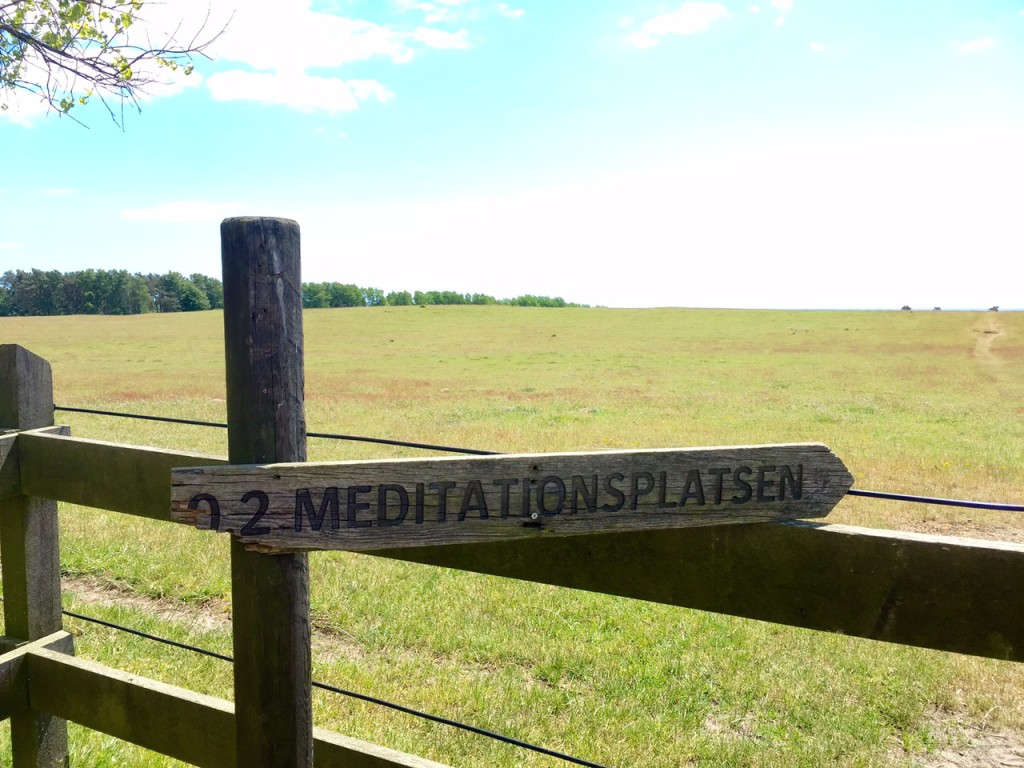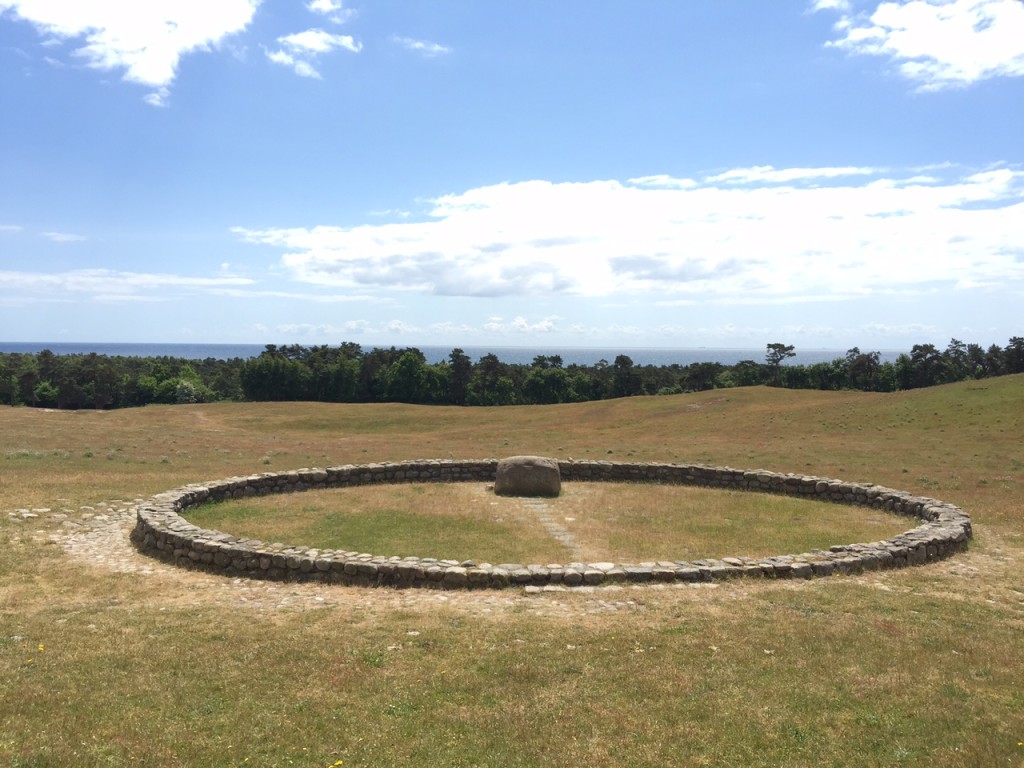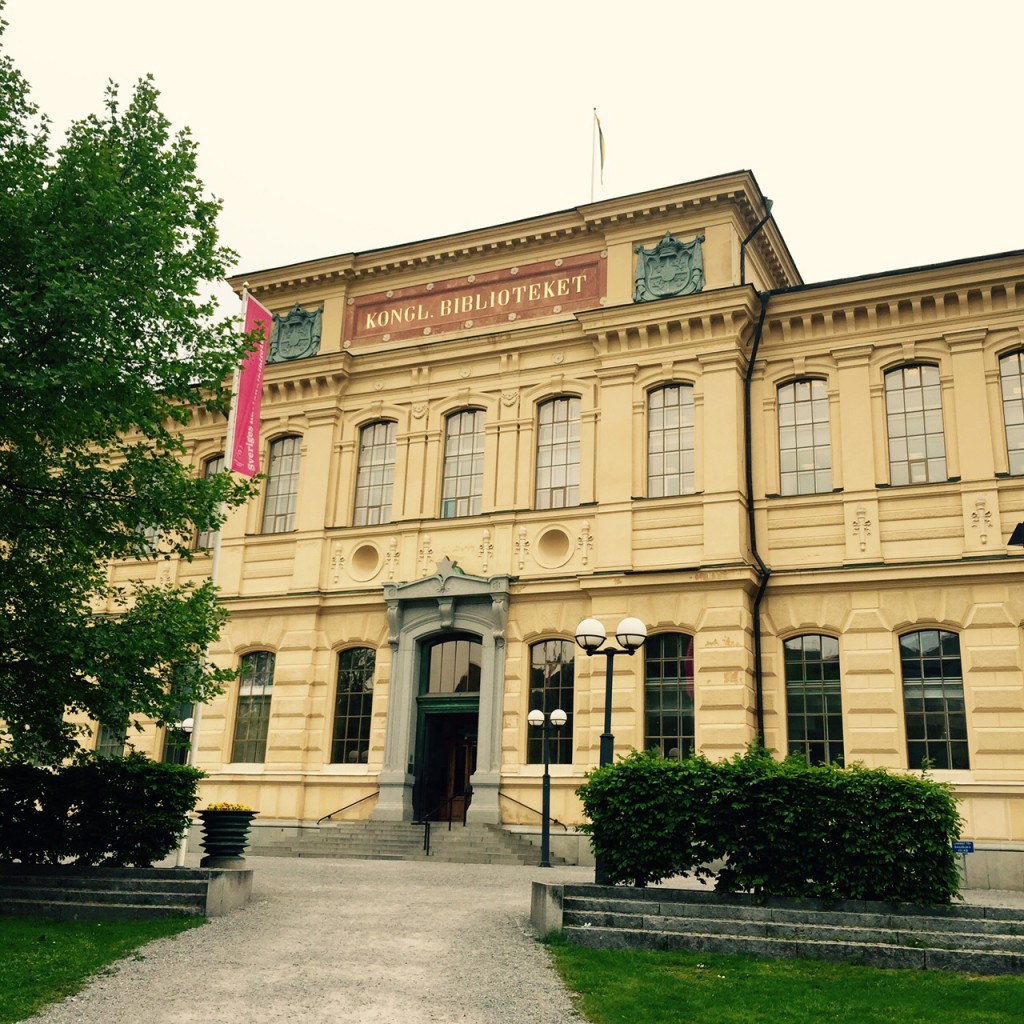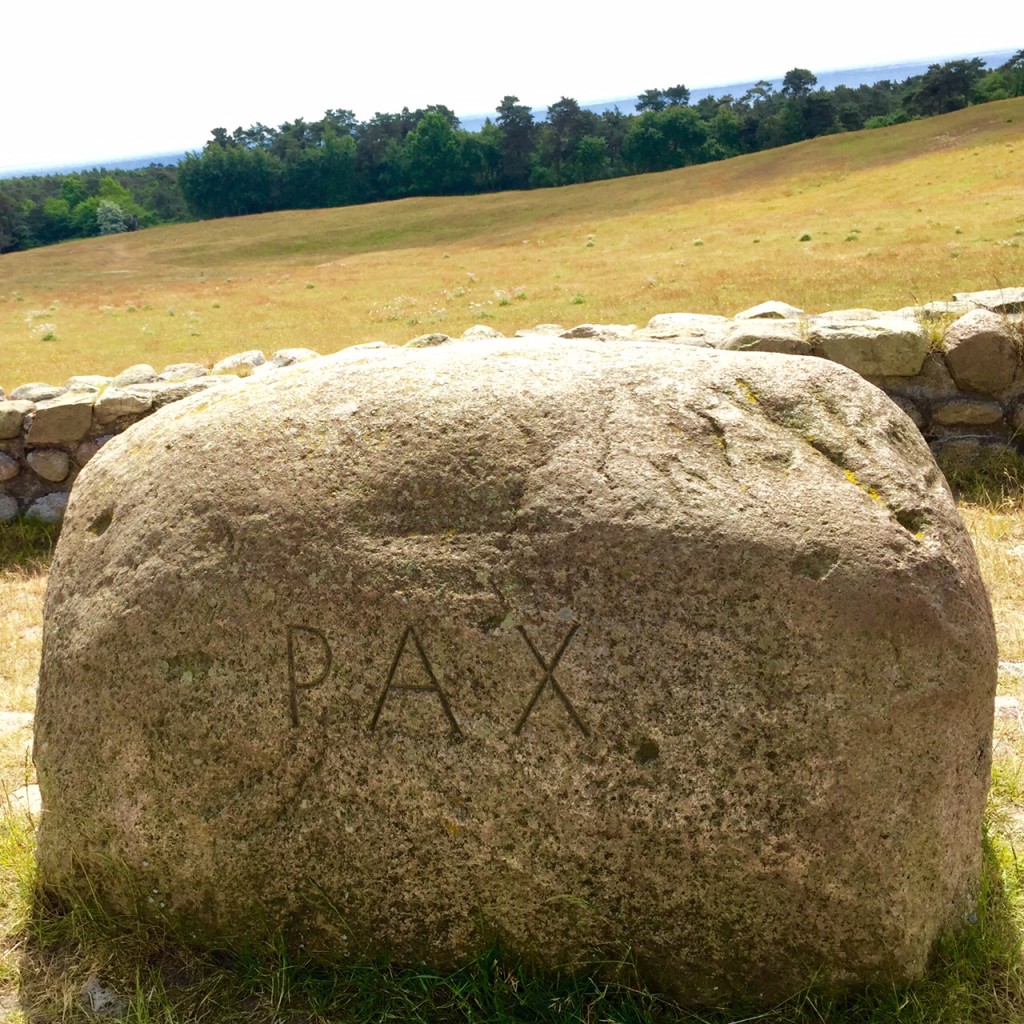Shantala DuGay
Grant awarded Spring 2015
I traveled to Sweden in early June of 2015 to conduct research for my MA thesis tentatively titled “The Private Collection and Art Patronage of Dag Hammarskjöld.” Dag Hammarskjöld (Swedish, 1905-1961) served as the second Secretary-General of the United Nations from 1953 until 1961 when he was killed in a mysterious plane crash while on a peacekeeping mission in central Africa. Hammarskjöld is best known for his remarkable career at the United Nations, but he is lesser known as a man with deeply rooted aesthetic principles. I discovered this side of him when I read the speech that he gave at the Museum of Modern Art’s 25th anniversary celebration. It was his appreciation for the role of artists in the modern world that ultimately led me to choose him as the subject of my thesis. In one of the best quotes from that speech, Hammarskjöld draws a parallel between politics and art: In modern international politics … we have to approach our task in the spirit which animates the modern artist. We have to tackle our problems without the armor of inherited convictions or set formulas, but only with our bare hands and all the honesty we can muster.
A trip to Sweden was necessary to gather primary research for the main section of my thesis – Hammarskjöld’s private collection, and thereafter to learn more about the artists in that collection. I could only go for eight days, six of which were spent in Stockholm. The five main activities that I accomplished on this trip were that I met with the property manager of the Dag Hammarskjöld Backåkra Museum, I studied Hammarskjöld’s private archives at the National Library of Sweden, I researched Bo Beskow and other Swedish artists in Hammarskjöld’s private collection, I viewed paintings by artists in his collection, and I visited the Dag Hammarskjöld Backåkra Museum on the southernmost coast of Sweden.
The Dag Hammarskjöld Backåkra Museum is owned and operated by Svenska Turistföreningen (STF), which is an independent, membership-based organization that operates almost 400 properties to accommodate hikers and tourists. Hammarskjöld’s intention in giving Backåkra to STF in his will was to preserve the land from development and to create a welcoming space for meetings and gatherings. Unfortunately, the museum was closed in 2012 due to the lack of visitors and funds to maintain the property. Since I knew in advance that I would be unable to see his collection installed in situ, I met with the property manager at STF headquarters in Stockholm. He shared with me photos of many of the artifacts in storage, and provided me with an inventory he had recently created, along with an appraisal inventory that was completed in 1987.
I spent the rest of my days in Stockholm at the National Library of Sweden researching the Dag Hammarskjöld Archives. In addition to the abundance of material I found that will enhance the profile I intend to build of Hammarskjöld, I was able to find original purchase receipts for many works of art. Perhaps most importantly, I was able to scan a copy of the original estate inventory. This inventory, combined with the two that I received from STF, are the keys to constructing my study of his collection.
The National Library of Sweden also provided resources I had not been able to find in New York about Bo Beskow, a Swedish artist who was one of Hammarskjöld’s closest friends. The National Library of Sweden had an exhibition catalogue from a retrospective organized near the end of his life and another exhibition catalogue that I was able to scan. I did not have a lot of time to research many of the other artists in Hammarskjöld’s collection, however I did learn that two artists, Sven Jonson and Waldemar Lorentzon, were members of an artists’ collective called “Halmstadgruppen.”
Finding paintings by artists in Hammarskjöld’s collection was also challenging. Unfortunately, Sweden’s Nationalmuseum is closed until 2017 for major renovations. However, they had an exhibition of “100 Great Paintings” at the Royal Academy of Art that featured the most prominent and popular paintings from their permanent collection, including works by Bruno Liljefors and Karl Fredrik Hill–both whom Hammarskjöld owned paintings by. It was at this exhibition that I was able to purchase a book that has proven very useful for my research titled 150 Years of Swedish Painters.
My last two days in Sweden were spent in the southernmost county of Skåne. The region has quite a picturesque landscape of farms, cow pastures, and sandy beaches along the Baltic Sea. To be there just before the Summer solstice when the sun sets at 11 pm and rises at 3 am, made my visit all the more enchanting.
Dag Hammarskjöld Backåkra Museum is a traditional farmhouse of that region set on a hundred acres that look out to the Baltic Sea. While I was unable to enter the house, I could walk around it, see some of the interior, and explore the surrounding property. Just past the house is a gate leading to a field with a stone meditation circle that Hammarskjöld had constructed. At the center of the circle sits a large stone engraved with the Latin word for peace: “PAX.”
Being able to experience the beauty of the property and ambiance of the region certainly helped me to better understand Hammarskjöld’s aesthetic tastes and gain a first-hand understanding of the “northern romantic tradition”–a tradition that will now be a central theme of my thesis as I develop a new perspective of Hammarskjöld’s character, and analyze the choices he made for his collection of paintings and sculptures. I’m extremely grateful to the Kossak Travel Grant for this opportunity.
1 For more biographical information on my subject, here is a link to the United Nations online profile: http://www.un.org/depts/dhl/dag/bio.htm
2 http://www.moma.org/momaorg/shared/pdfs/docs/press_archives/1874/releases/MOMA_1954_0095_89.pdf?2010
